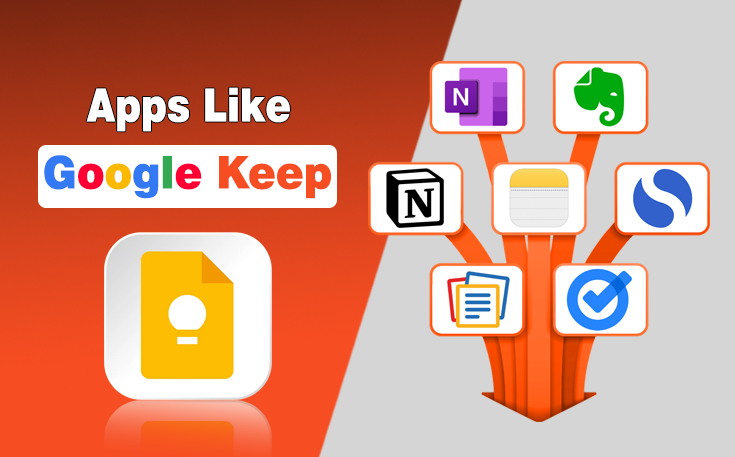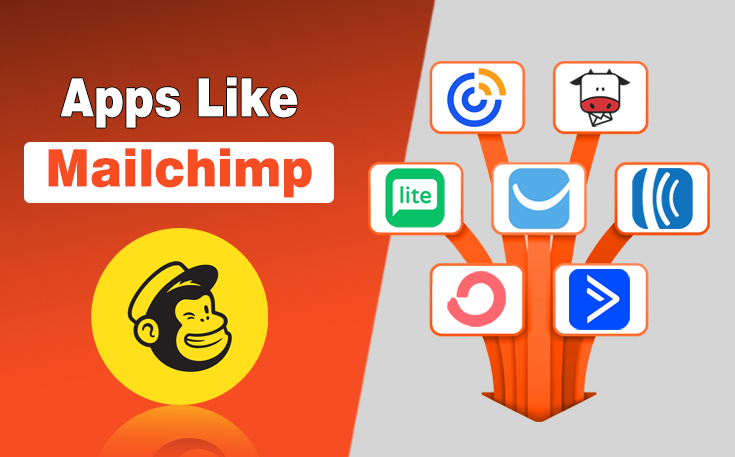Procurement is not only the acquisition of goods and services, but it is the strategic decision-making that creates value throughout the organization. Whether they need to choose a supplier or evaluate a new digital technology, leaders must consider both the long-term benefits and the immediate costs.
With a systematic cost-benefit analysis, procurement teams can make these decisions in a systematic manner as it ensures the investments are justified and aligned with the overall company plan.
In this blog post, I will explain how cost-benefit analysis can make the procurement processes more profitable for organizations.
Why Cost-Benefit Analysis Matters in Procurement?
Procurement is often a substantial part of a company’s expenditure, so the field is one of the most crucial to consider when looking for value. Cost-benefit analysis enables leaders to compare the complete range of expenses to the tangible and non-tangible advantages of a choice. McKinsey states that following the procurement-led transformation can help companies enjoy up to 30 percent more savings, which makes it one of the best ROI processes in business.
This practice also enhances accountability. When stakeholders require transparency, cost-benefit analysis provides a means for procurement teams to demonstrate that their choices add quantifiable value, rather than being influenced by intuition or immediate needs.

Core Components of a Cost-Benefit Analysis
A complete cost-benefit analysis looks beyond sticker prices. It considers direct and indirect costs, training or transition expenses, and even opportunity costs. On the other side of the ledger, it measures not only savings but also gains in efficiency, compliance, or resilience.
Tangible vs. Intangible Factors
Certain advantages, like lower transaction costs or quicker processing cycles, are simple to quantify. Others, such as enhanced supplier cooperation or increased confidence in compliance, are more ethereal. Even though they are more difficult to measure, these intangible benefits frequently provide long-term benefits that surpass short-term cost savings.
Time Horizon in Analysis
Timing matters. Adopting AP automation software, for example, requires upfront investment in licensing and training. But the long-term payback comes through lower labor costs, fewer errors, and reduced late-payment penalties. Conversely, chasing short-term discounts from suppliers may cut costs in the moment but increase exposure to risk down the road.
Applying Cost-Benefit Analysis to Technology Investments
Digital tools are often a major line item in procurement budgets, and their value must be proven with numbers.
Evaluating Procurement Software Investments
Investments in platforms that handle sourcing, purchasing, or accounts payable often reduce manual effort and create visibility across the supply chain. Gartner has found that companies using automation in procurement processes cut cycle times by up to 30 percent, which translates directly into cost savings (Gartner). Faster cycle times also mean fewer bottlenecks, less rework, and more accurate data for forecasting.
Risk Mitigation Through Technology
Technology’s value isn’t limited to efficiency. Purchase orders, invoices, and receipts can be automatically matched in three ways to prevent duplicate or fraudulent payments before they occur. Analytics dashboards identify anomalous increases in supplier spending and offer early indicators of fraud or noncompliance with contracts. These advantages of risk management are frequently equally significant to the immediate financial gains.
Applying Cost-Benefit Analysis to Supplier Selection
Supplier decisions are rarely just about price. A thorough cost-benefit analysis takes into account quality, compliance, risk, and the ability to support long-term business goals.
Total Cost of Ownership (TCO) in Supplier Decisions
Expenses, including switching costs, risk exposure, and logistics, are included in the total cost of ownership (TCO), which goes beyond the unit price. If delivery reliability or quality is variable, a provider who offers a cheaper upfront price may wind up costing more. By estimating the entire financial impact over the course of the contract, TCO assists procurement teams in avoiding illusory savings.
Weighing Innovation and Supplier Diversity Benefits
Additionally, suppliers add strategic value through diversity and innovation. Having a varied supply base helps improve resilience and agility. The share of businesses (including manufacturers, wholesalers, and service providers), owned by minorities, women, LGBTQ+ people, etc, has recently reached $10 million in income a year, making it a significant player in the supplier market and enrichening it. This results in additional 8.5% of procurement savings a year.
Challenges in Conducting Procurement Cost-Benefit Analysis
There are challenges in carrying out this type of analysis. Many firms suffer from siloed systems, inadequate data, or pressure to put short-term cost savings ahead of long-term gains. Presenting a balanced picture of costs and returns is challenging because of these issues.
Strategies for More Accurate Analysis
- Use real data: Pull historical spend, supplier performance metrics, and market benchmarks.
- Engage stakeholders: Collaborate with finance, operations, and IT to validate assumptions.
- Consider lifecycle costs: Don’t just look at purchase price, consider long-term costs and benefits as well.
- Document assumptions: Transparency builds trust and helps refine future analyses.
- Update regularly: Revisit CBAs as market conditions and business needs evolve.
Conclusion: How Cost-Benefit Analysis Drives Strategic Procurement
To make procurement a strategic partner rather than a transactional process, cost-benefit analysis plays a vital role. Procuring teams can also prove their effects on profitability, compliance, and resilience by offering factual support for their investments.
This strategy builds closer relationships with finance, improved relationship with suppliers, and a clear story to stakeholders who desire to have some quantifiable results on how spending choices have worked out. Cost-benefit analysis, which is led by procurement, is not only a financial tool in an environment in which accountability and transparency are paramount, but also a strategic requirement.
Need custom app with amazing features?
Get a Quote




